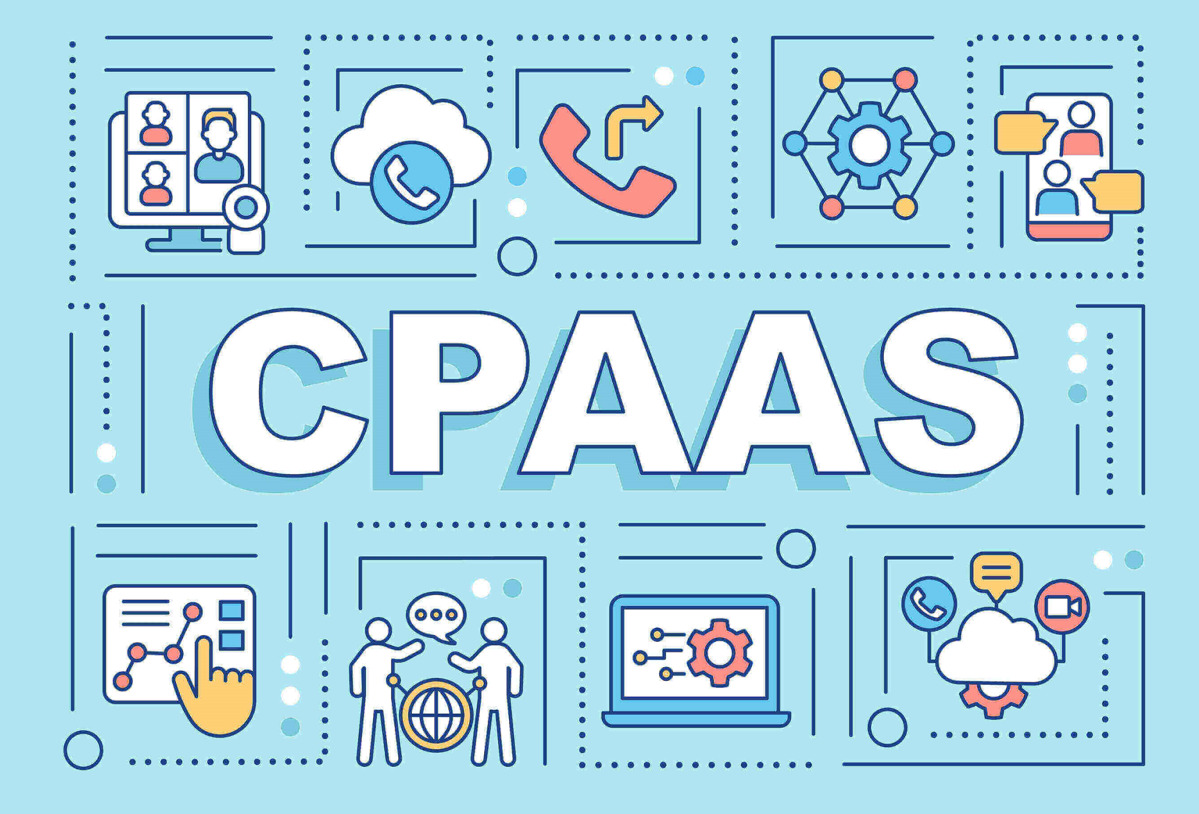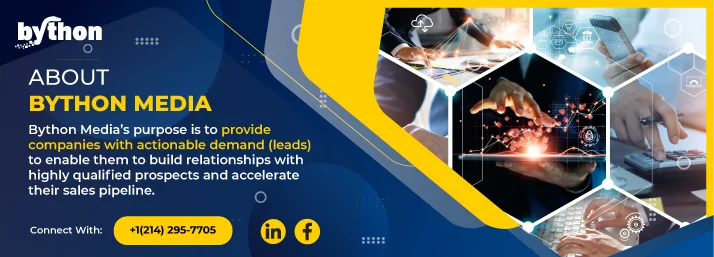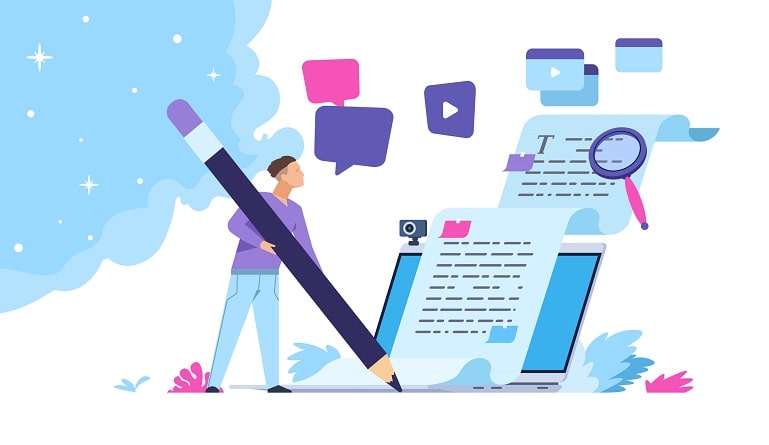In an omnichannel universe, Communications Platforms as a Service (CPaaS) is vital for contacting consumers on the platform of their choice, especially for top-of-the-funnel engagement. Even farther down the sales funnel, CPaaS services such as biometric security, multifactor authentication, or digital payments might transform your customer interactions and enable you to adjust to new digital habits.
Driven by these reasons, demand for CPaaS is rapidly expanding. IDC expects that the value of CPaaS will exceed $17 billion by 2024. How does this impact your customer experience initiatives? How can you adjust current CX strategies and customer engagement tactics to leverage the latest CPaaS innovations?
To answer these questions, let us first establish the concept of Communications Platforms as a Service or CPaaS.
CPaaS Definition
Communications Platforms as a Service (CPaaS) is a cloud-based middleware solution that enables organizations to add a range of communication services and channels to their current technology stack, web application, or technologies by using Application Programming Interfaces (APIs).
Among the services supported by CPaaS are the following:
- Web Real-Time Communication (WebRTC)-based telephony
- Text messaging and SIP trunking as per demand
- Video and multimedia texting or communications
- WhatsApp, Viber, Facebook, and other messaging platforms
- Masking numbers and authentication
- Security protocols and associated safety standards
CPaaS is a transformative force for both multichannel and omnichannel CX since it simplifies communication with a unified API, and, frequently, an intelligent decision-making engine.
It also offers pre-built connections with the world’s network providers; for instance, SAP Digital Interconnect partners with over a thousand mobile network operators.
How Do Communications Platforms as a Service Work?
Communications Platforms as a Service (CPaaS) is a variant of Platform as a Service (PaaS), which implies it is cloud-first and customizable.
APIs are often the most important component of CPaaS solutions. These combinations of tools, methods, and protocols are used by developers to design, configure, and connect sophisticated software capabilities. The majority of CPaaS systems have a set of APIs that may be integrated into nearly any application.
They may include video conferencing, IVR, SMS/MMS, social networking, voice calling, or chat.
APIs for communication act as intermediaries between two independent applications to facilitate the incorporation of communications functionalities into a current application architecture. Then, these services may be accessed without affecting the app’s main functionality or requiring a separate platform.
Rather than constructing your native CPaaS infrastructure from ground zero, programmers may utilize third-party CPaaS services. These vendors provide everything a developer needs, including standard APIs, source code, as well as software development kits. Typically, developers are compensated by a monthly subscription fee for the service, similar to other “as a service” offerings like the software (SaaS), unified communications (UCaaS), and or contact centers (CCaaS).
Examples of CPaaS
Communications Platforms as a Service is a rapidly growing market. Here are the top offerings you need to know before you invest in CPaaS technology:
- Twilio: Twilio is a pioneer in the CPaaS industry and trades on the NASDAQ with the symbol TWLO. Twilio Flex, a CPaaS offering, provides an extremely flexible contact center.
- MessageBird: CPaaS supplier MessageBird specializes in multichannel customer engagement. It enables Instagram chat, Google Business Messaging, and push alerts via a single API named Pusher.
- Vonage: Vonage is a prominent supplier of cloud communications and trades on the NASDAQ with the symbol VG. It offers integration APIs enabling interactive video conversations, two-factor verification, and real-time social messaging.
- Brightlink: Brightlink is a communications API provider that offers a CPaaS solution to both service providers and businesses. Brightlink CPaaS enables text and voice communication via APIs that may be customized.
- Sinch: Sinch provides CPaaS APIs for SMS, telephony, and messaging. It enables businesses to establish client interaction capabilities across popular channels such as Apple Messages, Facebook, Twitter, WhatsApp, and Viber.
- Avaya: This industry leader in corporate communication features the Avaya OneCloud CPaaS suite. Organizations may also combine AI functionalities with data-driven automation.
- Telnyx: Telnyx is a CPaaS provider focused on voice and SMS. Its APIs provide SIP trunking, on-demand data search, SMS delivery, and programmable voice management. It is among a handful of businesses that supports both fax as well as IoT SIM cards.
- CometChat: CometChat enables developers of chat applications with CPaaS solutions. It also provides chat widgets that are compatible with jQuery, Bootstrap, or PHP technologies.
Benefits of Using CPaaS
Companies can use CPaaS to tack on custom channel capabilities without any added coding effort. It allows companies to unlock the following benefits:
1. Make employees more efficient while reducing costs
Embedded in the company’s systems and processes are a number of efficient communication and collaboration alternatives that empower employees. They are able to converse and acquire information as per their preferences. Moreover, cloud-first CPaaS systems are as flexible and adjustable as their consumers demand without requiring substantial investments. These are pay-as-you-go options for companies seeking to save costs.
2. Scale faster and innovate
Along with being totally configurable, CPaaS systems are highly scalable, allowing users to easily add or remove capabilities. In several ways, CPaaS supports transformation for everyone. Innovative technology may be inexpensively acquired by companies of any size.
3. Choose only the necessary features
If the organization needs text chat and video conferencing, and not voice chat, CPaaS may also help. It provides a level of customization that enables you to meet any of these needs without committing to a large number of needless services. Moreover, developers may modify any offered APIs to provide the optimum solution.
4. Increase revenues
CPaaS ensures that you can connect with customers via the channels they choose. A good customer experience produces brand loyalty, improved revenue, and, ultimately, brand ambassadors. Moreover, these cloud-based solutions provide limitless opportunities for increasing earnings. For instance, SMS APIs allow businesses to send customers automated reminders. And, chatbots offer online self-service options to save on FTEs.
3 CPaaS Best Practices for 2023
CPaaS implementations need three essential best practices to succeed. When using Communications Platforms as a Service, companies should remember to:
1. Recognize the customer and personalize the CX
By knowing the customer, you obtain insights into their channel inclinations and are able to implement a more intelligent CPaaS strategy. This best practice also includes determining the customer persona, which really is essential for customizing any message. This will foster a feeling of “delight” when the company exhibits its genuine appreciation for the customer.
By assimilating customer data platforms (CDP), customer relationship management systems (CRMs), and cloud-based Software as a Service (SaaS), it is possible to pinpoint the most effective channel for expressing appreciation and gradually developing a deeper connection that will eventually extend to other platforms.
2. Pay attention to security
Investing in security requires a comprehensive understanding of data rights, data use guidelines, authorization, and privacy, above and beyond the minimum regulatory requirements. Given that the majority of customers would quit interacting with an organization after a data breach, preserving and protecting your interactions across all channels is crucial for delivering exceptional CX.
CPaaS systems have robust security features to combat common threats such as DDoS assaults, spam communications, and phishing. The majority of CPaaS solutions utilize multi-factor authentication to validate client identification, offering an added degree of security.
3. Build connected workflows for CX orchestration
The average customer experience is fragmented across several platforms, systems, and network locations, with frequent disruptions and changes — seldom following a straight path. To adapt, organizations should use CPaaS.
You may route the communication through their chosen channels, and if you’re unable to contact them first, you can reroute communications to the next best alternative. What’s needed is a framework that connects CPaaS, CRM, and CDP.
CX orchestration would aid in establishing pervasive relevancy across numerous channels, allowing companies to reach customers at various stages of their journey.
Planning Your CPaaS Journey
By 2024, according to an IDC report commissioned by Sinch, one in four businesses would adopt CPaaS platforms to enable conversational customer engagement. Partnering with a CPaaS provider is the simplest approach to begin CPaaS deployment.
These businesses provide connectors, code generators, and apps that may augment your ecosystem’s communication channels and functionalities. At its core, they are essentially API platforms. Do not forget to verify ISO 27001, GDPR, and SOC2 compatibility and compliance while selecting the ideal CPaaS solution for your organization.






